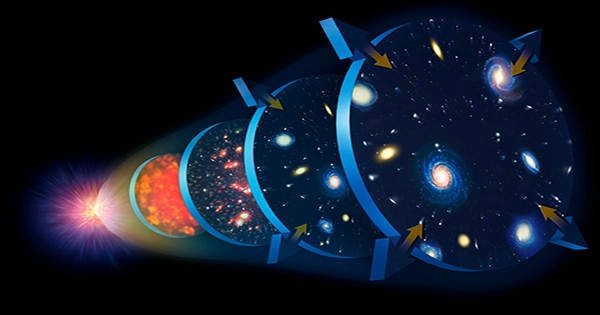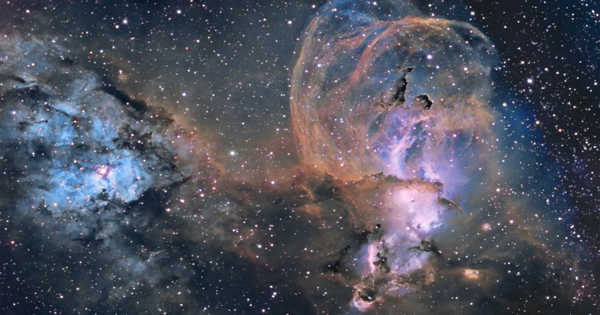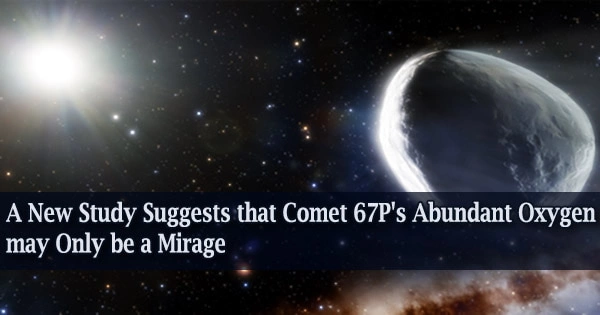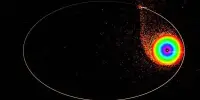A supercomputer has accurately reproduced the entire evolution of the cosmos in the 13.7 billion years since the Big Bang. The model appropriately aligns galaxies and other structures in our local universe, demonstrating that our understanding of the forces that drive the development of the universe is right, according to researchers writing in the Monthly Notices of the Royal Astronomical Society. All astronomical occurrences, according to the mainstream cosmological model, can be described by the behavior of dark matter, which condenses into clumps known as haloes.
The Cold Dark Matter (CDM) concept, which has been used to explain various features of the observable universe, proposes that the accumulation of gases and other material around these haloes eventually leads to the development of stars and galaxies. The authors of the study point out, however, that most previous simulations based on the CDM hypothesis have focused on random patches of sky rather than our own cosmic neighborhood, so they set out to see if the model could be used to accurately recreate the area of space surrounding the Milky Way galaxy.
They used a supercomputer called DiRAC COSmology MAchine (COSMA) at Durham University to run the intricate physical equations that support the CDM model. The system then used these equations to replicate the whole history of a piece of sky 600 million lightyears from our Solar System, which was represented by more than 130 billion simulated particles. The Virgo, Coma, and Perseus galaxy clusters, as well as the Milky Way and Andromeda galaxies and other phenomena like the Local Void and the Great Wall, are all found in this region. The study authors found that the model was accurate after rigorously verifying the placement of these simulated features against actual astronomical observations.
In a statement, study author Matthieu Schaller said of this astounding achievement: “These simulations show that the conventional Cold Dark Matter Model can generate all of the galaxies in our immediate vicinity. This is a critical test that the model must pass.” “The simulations simply illustrate the repercussions of the rules of physics acting on dark matter and cosmic gas for the 13.7 billion years that our universe has been around,” said co-author Carlos Frenk.
“The fact that we were able to duplicate these well-known structures lends impressive support to the classic Cold Dark Matter model and indicates that we are on the right track to comprehending the evolution of the entire Universe,” said the team. The model, known as the SIBELIUS-DARK simulation, also indicated that our tiny region of the universe is unusual in that it has a lower density of dark matter than the cosmic average.
Regardless, the researchers claim that their findings do not cast doubt on or invalidate the CDM model. Stuart McAlpine, study author, commented, “This initiative provides a vital bridge between decades of theory and astronomical observations.” “We are one step closer to understanding the nature of our cosmos by modeling our Universe as we experience it.”
















